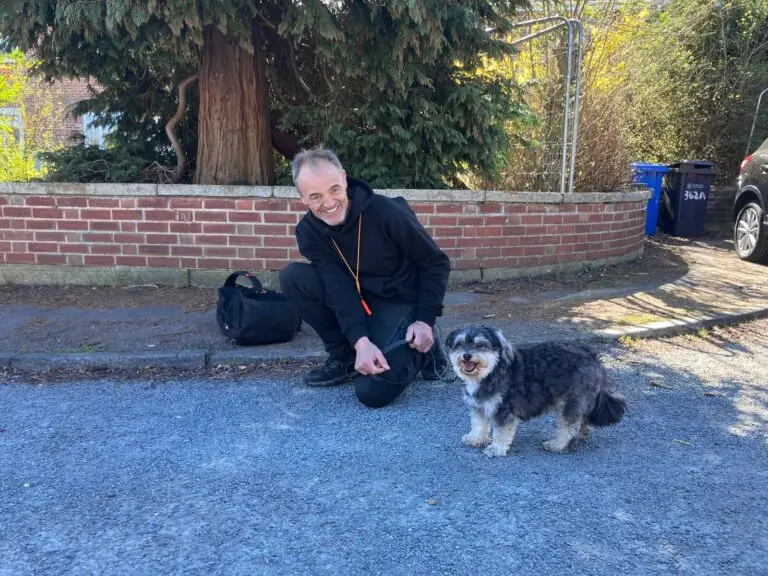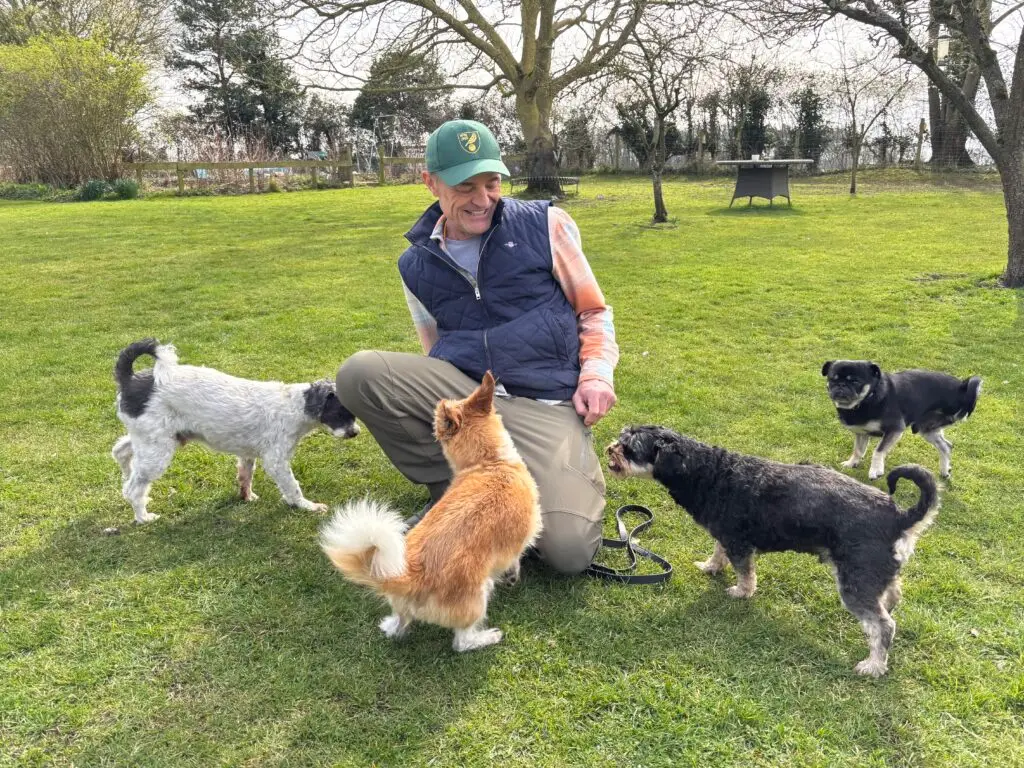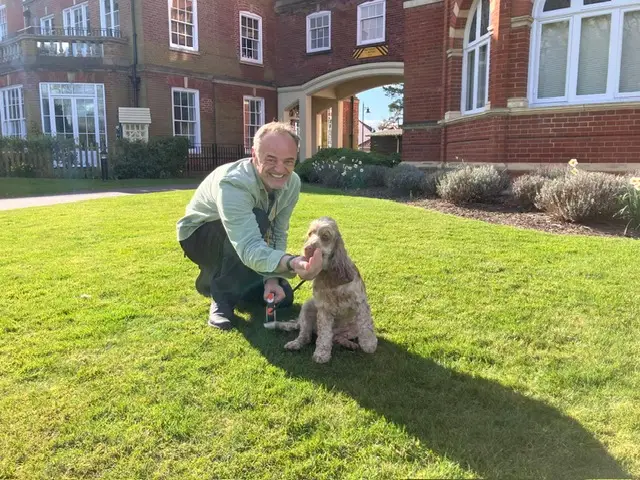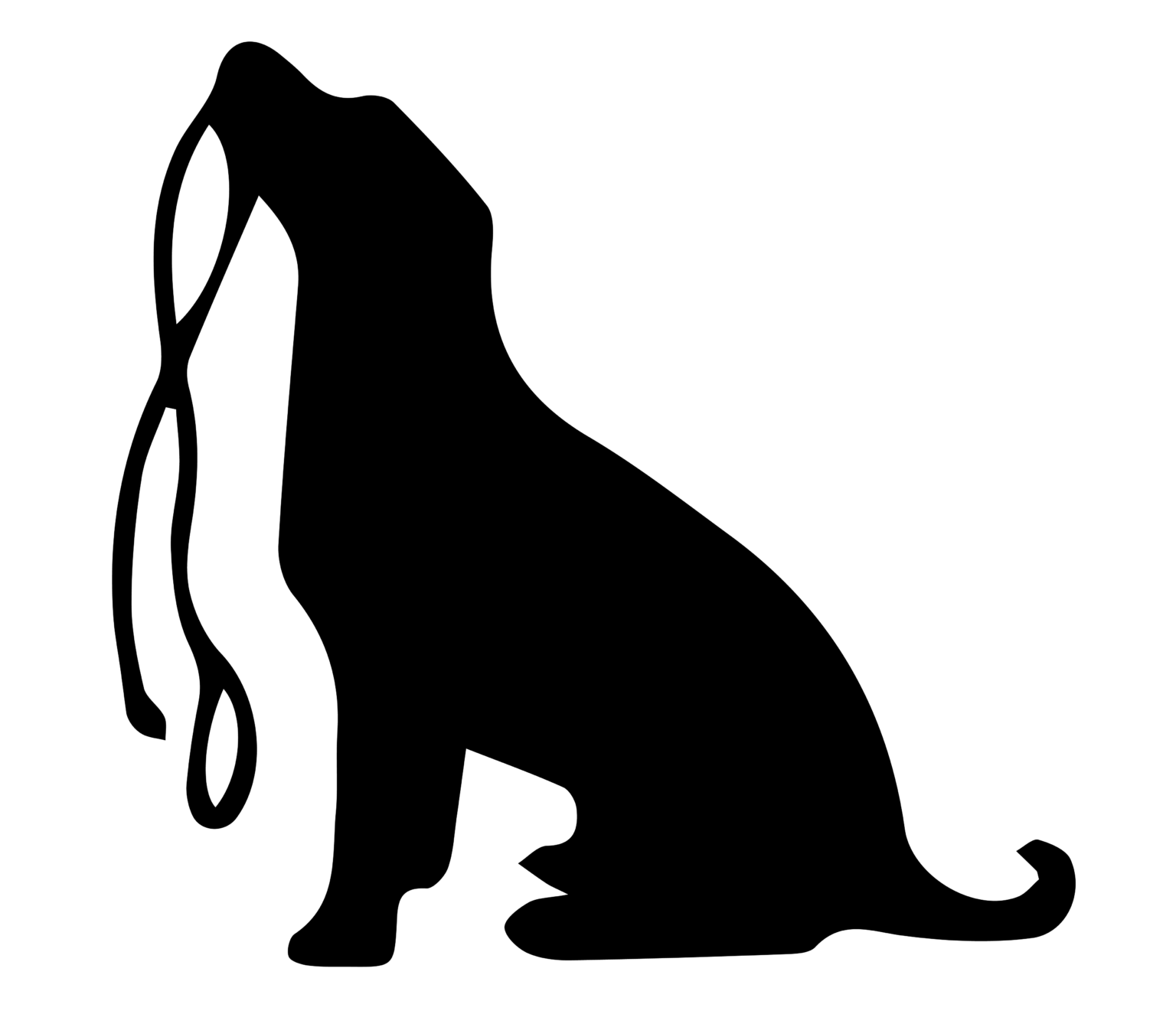Dog Obedience Training in Norwich with Local Dog Behaviourist, Charles Gray

Qualified Dog Obedience Trainer Near You in Norwich
Are you searching for dog obedience training in Norwich? You’ve come to the right place! My name is Charles Gray, and I specialise in dog behaviour training. I understand that taking your dog to classes can be challenging, so I offer the convenience of in-home training. This means that I can come to you and train your dog in their daily environment, where most behavioural issues occur. This approach allows us to correct these issues early, forming a happy bond between you and your pet.
I can help with any obedience commands and addressing specific behavioural issues and more; I am committed to making the obedience training enjoyable for you and your dog. Training should be a rewarding experience for your dog and you as an owner because it relieves home tension and changes uncharacteristic behaviours.
I offer a Free Introductory Call to Every Individual!
Dog Obedience Training Techniques
Every dog is different, that is a fact. No breed is the same, no environment is the same, no personality is the same. The same technique will not work for every single dog, because all dogs respond differently to different stimuli. This is why at Charles Grey Dog Training, I influence and respect each dog’s different needs and natural reward system, allowing them to learn in a way that is suitable for them and you.
My dog obedience training methods depend on who you are and who your dog is. Remember, they aren’t just an animal. They have personalities, likes and interests. They are our companions, and should be treated with the same respect we want to see in them!
Methods of Dog Obedience Training with Charles Grey
7-7-7
Rules for Dogs
This represents that a dog should eat from at least 7 different containers. They should have been held and petted by at least 7 different people. They should have been taken on at least 7 one-mile car rides by owners. They should have been in crated at least 7 times. They should have been played with at least 7 different kinds of toys. They should have been walked on at least 7 different types of material. They should have been exposed to at least 7 different challenges
Reward System for Dog Obedience
Allowing your dog to be rewarded promotes positive reinforcement for your pet, allowing them to understand that you are happy with their behaviour. Dogs, as we all know, don’t understand all of our language. So by showing them physical affection, providing occasional treats or even happy expressions provides them with context for their good behaviour.
Understanding Your Dogs Responses
The Four F's
Fight. This is active stress or active fear through aggressive behaviour.
Flight. Dogs may try to flee the situation through hiding.
Fidget. This is a conflict situation where the dog isn’t sure how to react to the situation.
Freeze. Pets may stay motionless while whatever is happening around them continues.
1, 2, 3 Method for Dog Behavioural Training
Dogs can retain more information than we give them credit for. Though they may not understand every word we say, they understand basic commands, words and expressions. This is our opportunity to teach them how counting down works, and giving them time to position themselves in a comfortable and appropriate position for certain commands we teach.
Contact Us for a Specialist Dog Trainer in Norwich

Redirecting Natural Dog Behaviour Instinct
An effective technique I often share with dog owners is redirecting their natural urge to disobey and lead the pack. Providing plenty of appropriate toys to chew on can save your fingers and clothing from those sharp teeth. I often recommend specific, durable, and safe toys so that dogs can satisfy their chewing instincts without causing harm on you or others.
Consistency is Key with Obedience Training
Consistency is key when it comes to training your dogs to be obedient. If I allow playful bite one day but scold the dog the next, it will send mixed signals to the dog on what is allowed and what isn’t. It’s essential to maintain a steady approach to dog obedience training, reinforcing good behaviour and discouraging injuring across all interactions.
The Role of Patience in Dog Obedience
Patience is equally important. Every dog learns at their own pace, and it might take some time to grasp the boundaries we’re setting fully. Celebrating the small victories along the way makes the training process fun and engaging for the dog and owner.
In my sessions, I often remind owners that while dog biting or scratching can be frustrating, it’s a phase that can be managed with the proper techniques and a positive mindset. With dedication and love, we can help our pets grow into the well-behaved companions we aspire for them to be.
Dog Obedience Norwich Cost
As Norwich’s top-rated obedience trainer for dogs, I offer personalised obedience training programmes to address your specific needs and goals for £175.00, which includes the following:

A comprehensive, result-driven dog training session
A follow-up session to ensure progress in dog obedience
Lifetime telephone support – call anytime for advice
Get Started with Your Free Introductory Call Today
Contact Us for a Specialist Dog Trainer in Norwich
What age should a dog start obedience training?
A dog should be around five to six months when they start obedience training. We cannot rush their puppy growth, however we must start training them before it is too late.
What is the hardest age to train a dog?
Older aged dogs are harder to train due to their innate nature and years of instinct. Puppies are harder to train due to their spirited and restless nature.
The reality is that no dog is impossible to train, and no dog is easier to train than the next. We just have to find different ways to educate them in ways they’ll understand and respect.
What is the best method of dog obedience training?
All dogs are different and respond to different methods, so no method will work for every single dog. We have to see what works for them. Some good methods include: the 7-7-7 rule, the 3-2-1 rule, reward systems and more. But your dog will react differently to these based on their preferences.
How to stop a dog from jumping on people?
Obedience training will form a routine in your dogs mind of what is a consistent “good” behaviour and was is not. My journey with each and every dog responds to their unique personalities and interests. So, to stop them from jumping on people, we have to identify the criteria of why they’re jumping, the sorts of issues it may cause, and what your dog will respond to in order to stop.
How to train a dog with behaviour issues?
Dogs with behavioural issues tend to need extra training in order to gain not only a sense of respect for the owner, but a consistent routine and memory for it. By introducing obedience techniques early on, we can decipher the right path for your dog and introduce them to knew stimuli, which will increase their bond to you, and your commands.



